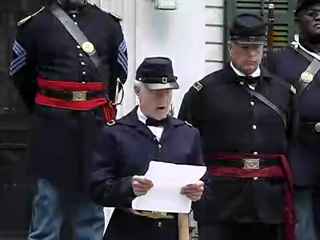It is often said that generals usually are preparing to win the last war. That was certainly the case with admirals during World War I. They imagined a clash of mighty battleships, dreadnaughts, and auxiliaries, that would prove decisive like the battle of Tsushima in the Russo-Japanese War of 1904-1905. Of course little thought was given about what would happen if the weaker side did not obligingly steam their fleet out to be obliterated. That is just what happened in 1914-1918 where the British Grand Fleet kept the German High Seas Fleet bottled up in its ports, a bystander to the War. One hundred years ago however, the High Seas Fleet made its major sortie of the War and the world held its breath for two days as these two mighty antagonists came to blows.
Admiral Reinhard Scheer had commanded the High Seas Fleet only since January of 1916. Scheer reflected the general German opinion that the defensive stance of the fleet had to change in order for it to play a productive part in the War. He hit upon the scheme of having the fleet sortie into the Skagerrak that lay north of the Jutland peninsula that made up most of Denmark. He planned to sink or capture many British cruisers and merchant ships and then retreat back to port. It wasn’t a bad plan. The problem for Scheer is that the British knew all about it. The British code breaking wizards of Room 40 had broken the German naval code in 1914, and the British could decipher intercepted German radio communications swiftly, and thus the Grand Fleet knew precisely what the Germans were doing. Here was a brilliant opportunity for the British to inflict a decisive defeat on their adversaries. It did not turn out that way.
Over two days, May 31-June 1, a confused series of clashes took place during which the British lost 6,094 killed, 674 wounded, 177 captured, 3 battle cruisers, 3 armored cruisers and 8 destroyers to German losses of 2,551 killed, 511 wounded, 1 battle cruiser, 1 pre-dreadnaught, 4 light cruisers and 5 torpedo boats. The German loss in tonnage was just over half what the British was. The German fleet retired to its ports with the British losing a good opportunity to intercept them. Jutland was a clear tactical defeat for the Grand Fleet and the British held plenty of commissions in the months and years following to figure out what went wrong.
Aside from command mistakes, and there were plenty of them, here is what went wrong. (more…)

